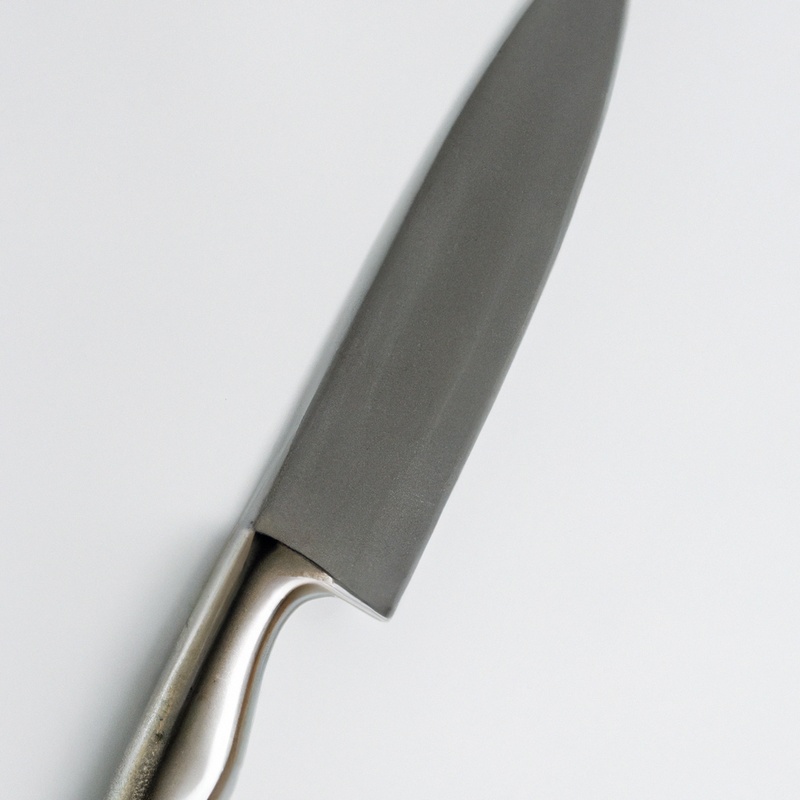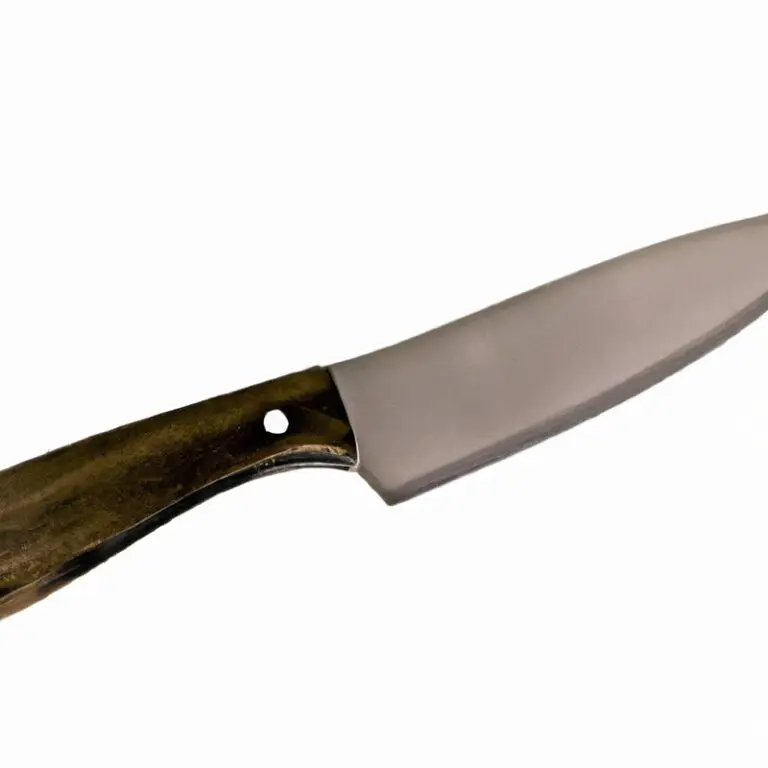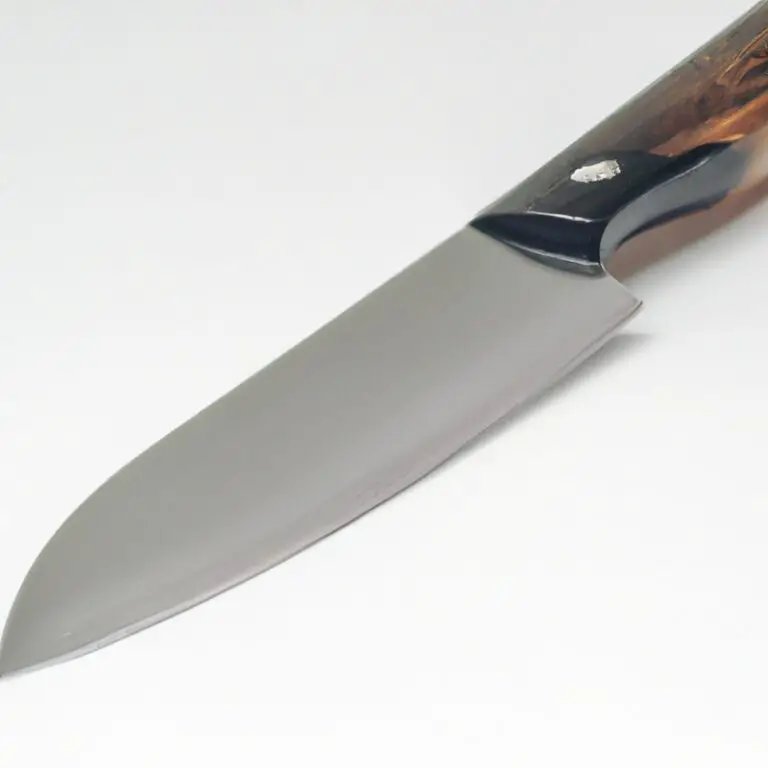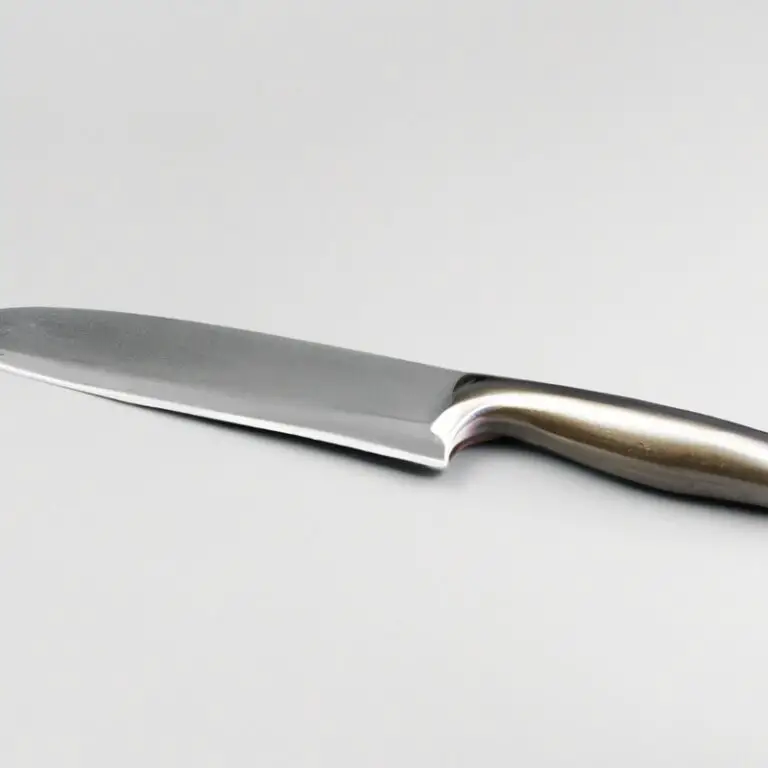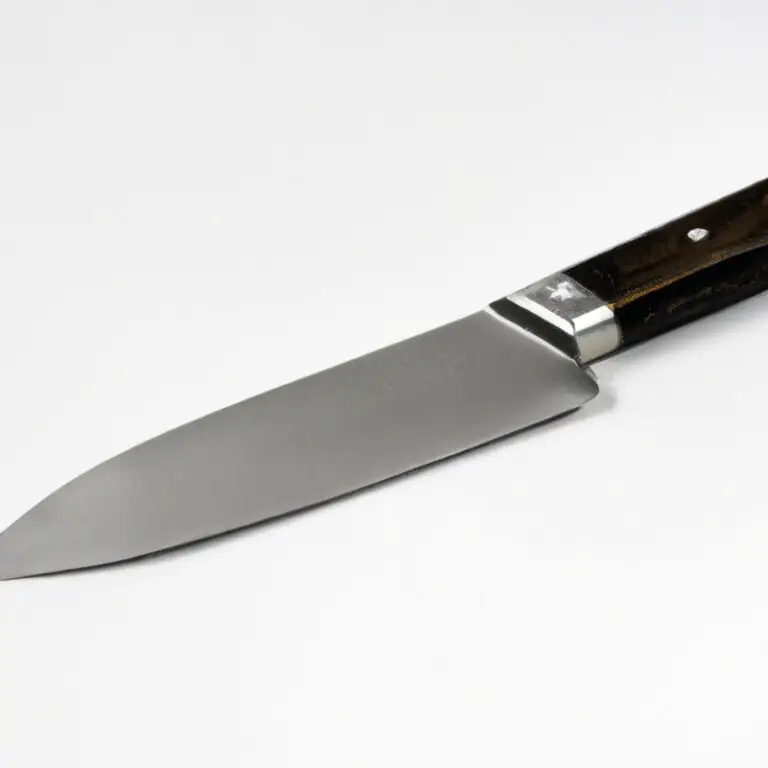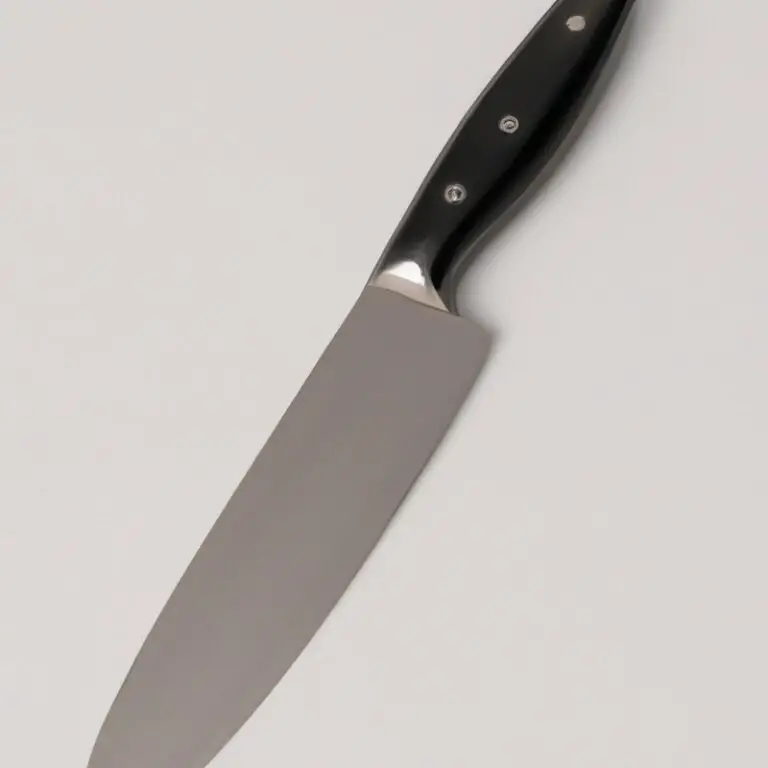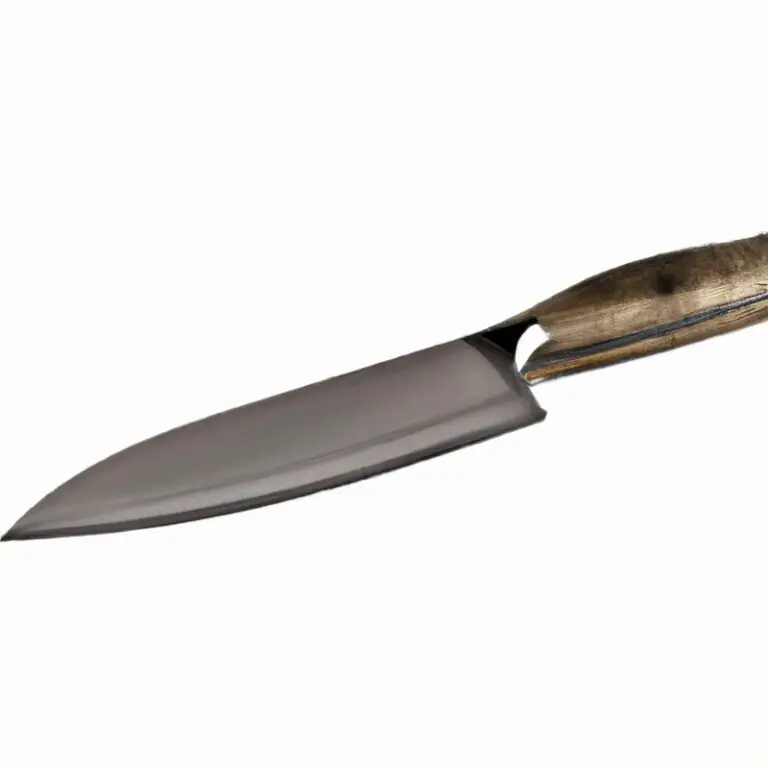How To Fillet a Whitefish Using a Fillet Knife? Master The Technique Like a Pro!
Key Takeaways:
- A sharp fillet knife is essential for filleting a whitefish with precision and ease.
- Proper technique, such as starting from the tail and using a smooth slicing motion, can make filleting a whitefish a breeze.
- Removing the skin from the fillet can enhance the appearance and flavor of the finished dish.
- Practice and patience are key to mastering the art of filleting a whitefish.
Have you ever tried to fillet a whitefish and ended up with a mangled mess? Don’t worry, you’re not alone.
Filleting a fish can be a challenging task, especially if you don’t have the right tools or technique.
In this article, I’ll guide you step-by-step through the process of filleting a whitefish using a fillet knife. I’ll cover everything from choosing the right knife to preparing the fish and removing the skin and bones.
By the end of this article, you’ll be able to fillet a whitefish like a pro and prepare it for your next delicious meal.
| Steps | Tools and Materials |
|---|---|
| 1. Setup | Fishing knife, cutting board, pliers, bucket for scraps |
| 2. Position Fish | Place the whitefish on the cutting board, head towards your dominant hand |
| 3. Make the first cut | Insert the knife into the fish at the base of the head, parallel to the spine. Cut towards the tail until the blade touches the spine |
| 4. Cut along the spine | Using the spine as a guide, slice the knife along the backbone down to the tail. Apply gentle pressure to the fish to separate it from the spine |
| 5. Remove the skin | Insert the knife between the skin and flesh. Cut with a gentle sawing motion while pulling on the skin |
| 6. Remove Pin Bones | Using pliers, gently pull the pin bones out of the fillet |
| 7. Repeat on the other side | Flip the fish over and repeat steps 3-6 on the other side to remove the other fillet |
| 8. Remove rib bones (optional) | Use the tip of the blade to remove any remaining rib bones from the fillet for a boneless fillet |
Choosing the Right Fillet Knife
When selecting a fillet knife for your whitefish, there are a few factors to consider. The blade should be thin and flexible, which allows for easy maneuverability around bones.
A blade length between 6-9 inches is ideal for most fish sizes.
The handle should provide a comfortable and secure grip, especially when wet. Look for a fillet knife made from high-quality materials like stainless steel, which offers durability and resistance to corrosion.
Don’t forget to consider the price point, as a high-quality fillet knife is an investment that will last for years if properly maintained.
Ultimately, choosing the right fillet knife will make the filleting process easier and more efficient, resulting in a better final product.
Preparing the Whitefish for Filleting
Before filleting a whitefish, it’s essential to prepare it properly. Start by washing the fish under cold running water to remove any leftover scales, blood, and debris.
Then, pat it dry with a clean cloth or paper towel.
Next, place the whitefish on a clean and flat surface, such as a cutting board with a non-slip base. Hold the fish with one hand and use a sharp knife to cut around the head and just behind the pectoral fins.
Remove the head and the guts by cutting down the belly with the sharp knife, being careful not to puncture anything.
Then, use scissors or fish shears to cut off the fins and tail. Trim away any remaining pieces of skin, and use a towel to wipe the fish’s exterior fully dry.
Take a moment to inspect the fish and locate the spine and rib bones.
This step can help significantly when you start filleting.
Making the First Cut Along the Backbone
To begin filleting a whitefish, the first cut you need to make is along the backbone. This cut will separate the fish into two fillets and allow you to remove them individually.
To make the cut, place the fish on a cutting board and steady it with your non-dominant hand.
Start your cut at the head of the fish, placing the tip of your fillet knife at the top of the backbone. Then, using a sawing motion, cut downward along the backbone towards the tail.
Be sure to keep the blade of the knife as close to the backbone as possible to avoid cutting into the bone.
When you reach the ribcage, begin angling your blade downwards to remove the fillet. Repeat the process on the other side of the fish, and you’ll have two fillets ready for trimming and skinning.
Remember, this first cut is crucial for the success of your filleting process.
Taking your time and using a steady hand will ensure that you get the most meat possible off the fish and minimize waste.
Removing the Fillet from the Backbone
To remove the fillet from the backbone, use the same fillet knife and make a cut along the rib bones. Start from the tail and move towards the head of the fish.
Be careful not to cut through the rib bones.
As you work your way towards the head of the fish, use the tip of the knife to release the fillet from the bones. Repeat the process on the other side of the fish.
Once you’ve separated the fillets from the backbone, there might be pin bones that are still attached to the fillets.
Use a pair of pliers or tweezers to remove them. Start from the tip of the fillet and work your way towards the center.
Be careful while removing the fillet as whitefish meat is quite delicate, and it’s easy to waste some portions of the meat while filleting.
Take your time and keep a light touch, allowing the blade to work through the flesh without pressing down too hard. After removing the fillet, place it on a cutting board and trim any excess fat or skin.
Your whitefish fillet is now ready to cook or freeze for future use.
Trimming the Fillet for Final Presentation
After removing the fillet from the backbone, the next step is trimming the fillet for final presentation. Use a sharp fillet knife to remove any remaining bones and trim off any excess skin or fat.
Make sure to cut at an angle and follow the natural curve of the fish to create a clean and aesthetically pleasing fillet.
Additionally, you can use culinary scissors to trim any loose edges or uneven portions for an even more polished fillet. Take your time and pay attention to detail to showcase your freshly filleted whitefish in the best possible way.
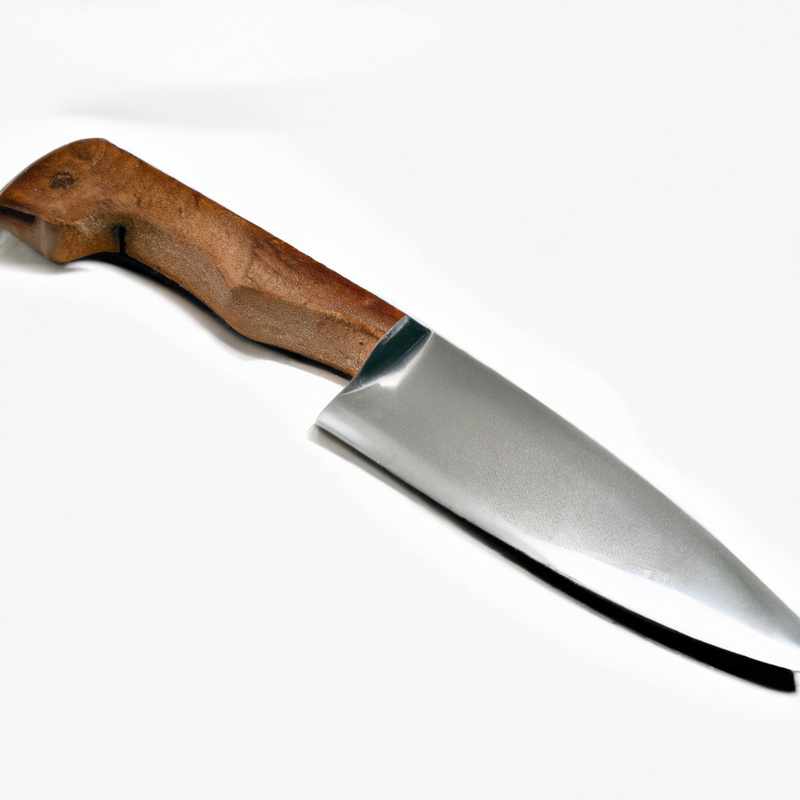
Removing the Skin from the Fillet
To remove the skin from the fillet, place the fillet skin-side down on a flat surface. Hold the tail end of the fillet with one hand and insert the fillet knife between the skin and the meat at the other end.
Using a back-and-forth sawing motion, work the knife along the length of the fillet, keeping it as close to the skin as possible.
Pull on the skin with your other hand to help separate it from the fillet. Repeat the process for the other fillet.
Removing the Pin Bones
Removing the pin bones from the whitefish fillet is an important step to ensure a pleasant dining experience without any unpleasant surprises. To get started, locate the pin bones by gently pressing your fingers down the length of the fillet.
You will feel the small, flexible bones protruding upwards.
Using a pair of sharp tweezers or pliers, grip the pin bone as close to the base as possible and pull it out in a slow, steady motion. Take care not to break the bone, as any remaining pieces may be difficult to detect once the fillet is cooked.
Repeat this process for all the pin bones along the length of the fillet.
Rinse the fillet under running water to remove any bone fragments and pat it dry with a paper towel. Removing the pin bones from a whitefish fillet can be a time-consuming process, but it’s well worth the effort for the smooth and enjoyable dining experience it provides.
Tips for Cleaning and Maintaining Your Fillet Knife
Keeping your fillet knife clean and properly maintained is crucial for its longevity and performance. Here are some tips for cleaning and maintaining your fillet knife:
- Clean your fillet knife after every use with warm water and mild dish soap. Avoid using abrasive cleaners or scouring pads, as they can damage the blade.
- Dry your fillet knife thoroughly after cleaning. Moisture can cause rust and corrosion, which can damage the blade and affect its performance.
- Sharpen your fillet knife regularly to maintain its sharpness. Use a honing rod or sharpening stone to sharpen the blade, and follow the manufacturer’s instructions for best results.
- Store your fillet knife in a dry, safe place where it won’t get knocked around or damaged. Consider storing it in a sheath or blade guard for added protection.
- Avoid using your fillet knife for anything other than filleting fish. Using it for other tasks, such as cutting vegetables or opening packages, can dull the blade and affect its performance.
By following these tips, you can keep your fillet knife in top condition and ensure it works effectively every time you need it.
Preparing Your Filleted Whitefish for Cooking
After filleting your whitefish, it’s essential to prepare it correctly for cooking. Start by rinsing the fillets under cold water to remove any remaining scales or debris.
Pat them dry with a paper towel.
Next, season the fillets with salt, pepper, and any additional seasonings you prefer. For a healthy cooking option, consider baking or grilling the fillets.
To grill, lightly coat the fillets with oil and place them on a preheated grill for about 3 minutes per side.
To bake, preheat your oven to 375°F and bake the fillets for 12-15 minutes or until they are fully cooked. If you prefer a more indulgent dish, consider lightly flouring the fillets and pan-frying them in a mixture of butter and oil until they are golden brown and crispy on the outside.
Avoid overcrowding the pan and work in batches if necessary.
Finally, serve your cooked whitefish with your favorite sides, such as roasted vegetables or a light salad. With these simple steps, you can enjoy a delicious and healthy meal with your freshly filleted whitefish.
Delicious Whitefish Recipes to Try at Home
Delicious Whitefish Recipes to Try at Home:
- Baked Whitefish with Lemon and Herbs: This recipe is perfect for a healthy and flavorful meal. Simply season the whitefish with lemon juice, herbs, salt, pepper, and olive oil, and bake it in the oven for about 20 minutes. Serve it with some roasted vegetables or a side salad for a complete meal.
- Whitefish Tacos: Take a break from the traditional beef or chicken tacos and try making some with whitefish! Season the fish with a blend of spices like chili powder, cumin, and garlic, and pan-fry it until crispy. Then, serve the fish in taco shells with some fresh toppings like lettuce, tomato, avocado, and salsa.
- Whitefish Chowder: This creamy and comforting chowder is perfect for a cozy night in. Combine the whitefish with potatoes, onions, garlic, carrots, and celery, and simmer them in a broth made with chicken or vegetable stock. Finish the dish with some cream or milk and fresh herbs, and serve it with some crusty bread.
- Whitefish Cakes: These crispy cakes make a great appetizer or side dish. Mix together the flaked whitefish with some breadcrumbs, eggs, herbs, and spices, and shape the mixture into patties. Then, pan-fry the cakes until golden brown and serve them with some tartar sauce or aioli.
- Grilled Whitefish with Mango Salsa: This dish is perfect for a summer barbecue or outdoor dinner party. Season the whitefish with some cumin, paprika, and salt, and grill it until it’s cooked through. Then, serve it with some fresh salsa made with diced mango, red onion, cilantro, lime juice, and jalapeño.
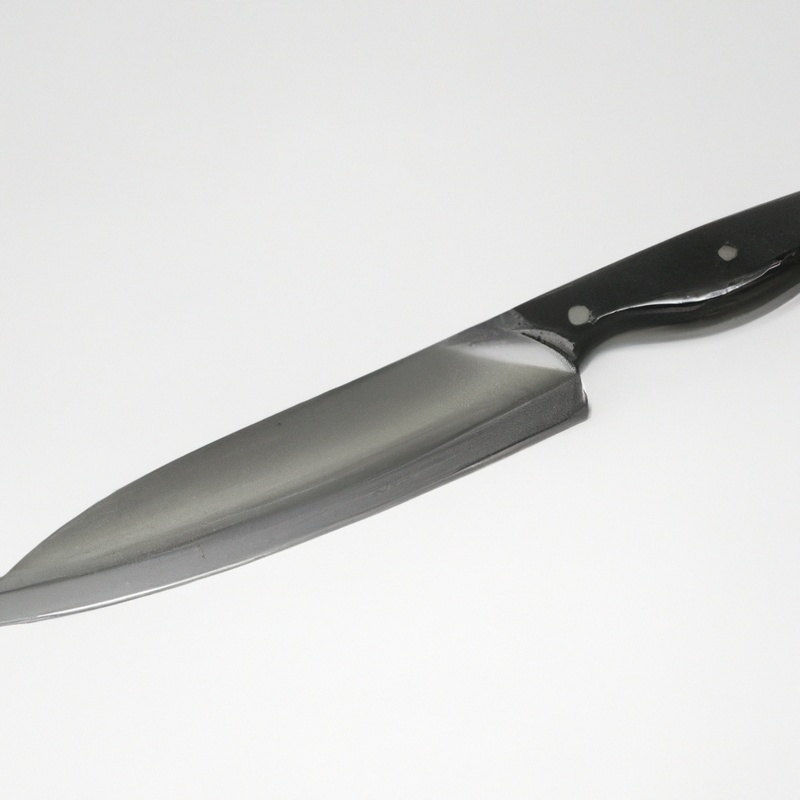
Final Verdict
Filleting a whitefish using a fillet knife may seem daunting at first, but with the right technique and tools, it can be done quickly and efficiently. By following the step-by-step guide outlined in this article, you can become a pro at filleting whitefish in no time.
Remember to choose the right fillet knife, make the first cut along the backbone, remove the fillet from the backbone, trim it for final presentation, remove the skin and pin bones, and clean and maintain your fillet knife.
With these tips in mind, you will be able to prepare your filleted whitefish for cooking and try out these delicious recipes at home. Trust in the knowledge shared here, and take action to elevate your fish filleting skills.

